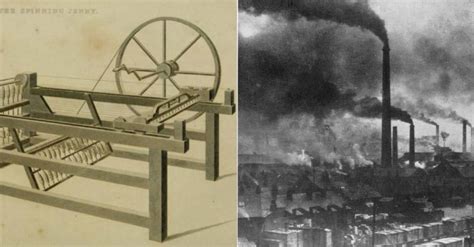The Dawn of a New Industrial Age
The period from 1890 to 1910 marked a pivotal era in human history, characterized by rapid industrialization and transformative technological advancements. This period laid the foundation for the modern world and shaped the course of the 20th century.

Technological Innovations
The late 19th and early 20th centuries witnessed an explosion of scientific and technological discoveries:
- Electricity: The development of the electric light bulb and power grid revolutionized lighting, transportation, and manufacturing.
- Transportation: The invention of the automobile and airplane transformed the way people traveled and transported goods.
- Communication: The telephone and telegraph connected the world, enabling faster and more efficient communication.
Economic Growth and Urbanization
The technological innovations of this era spurred rapid economic growth and urbanization:
- The gross domestic product (GDP) of the United States quadrupled between 1890 and 1910, driven by industrial expansion and technological advancements.
- The population of cities skyrocketed as people flocked to industrial centers in search of work.
Social and Political Changes
The transformation of this era extended beyond technological and economic spheres:
- Social reform: The Progressive Era witnessed a wave of social reform movements aimed at addressing urban poverty, child labor, and inequality.
- Political changes: The rise of populist movements and the implementation of progressive policies led to significant changes in the political landscape.
Tables Summarizing Key Trends
| Technology | Year of Invention/Development | Impact |
|---|---|---|
| Electric light bulb | 1879 | Revolutionized lighting, leading to improved safety and productivity. |
| Automobile | 1885 | Transformed transportation, enabling people to travel faster and more conveniently. |
| Telephone | 1876 | Connected the world, enabling instant communication over long distances. |
| Economic Growth | Indicator | Change |
|---|---|---|
| GDP of the United States | 1890: $15.5 billion | 1910: $62.5 billion |
| Urbanization rate | 1890: 35.1% | 1910: 45.7% |
| Social Changes | Movement/Policy | Impact |
|---|---|---|
| Progressive Movement | Social reform, including child labor laws and healthcare access | Improved living conditions for the poor and working class. |
| Women’s suffrage movement | 19th Amendment passed in 1920 | Granted women the right to vote. |
| Political Changes | Event/Policy | Impact |
|---|---|---|
| Rise of populist movements | Emergence of the Populist Party | Challenged traditional political establishments. |
| Progressive policies | Reforms such as antitrust laws and taxation | Increased government regulation of the economy. |
Conclusion
The years from 1890 to 1910 were a transformative era that laid the groundwork for the modern world. Technological innovations, economic growth, and social and political changes shaped the course of human history. The legacy of this period continues to influence us today, shaping the way we live, work, and interact with the world around us.
